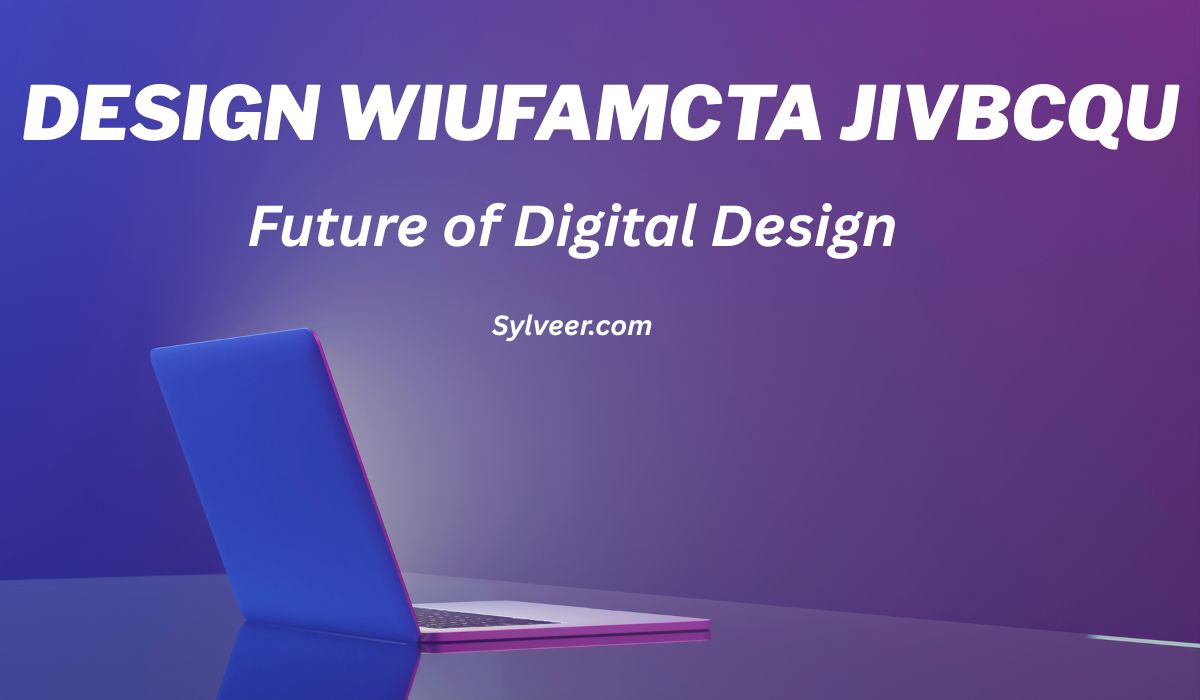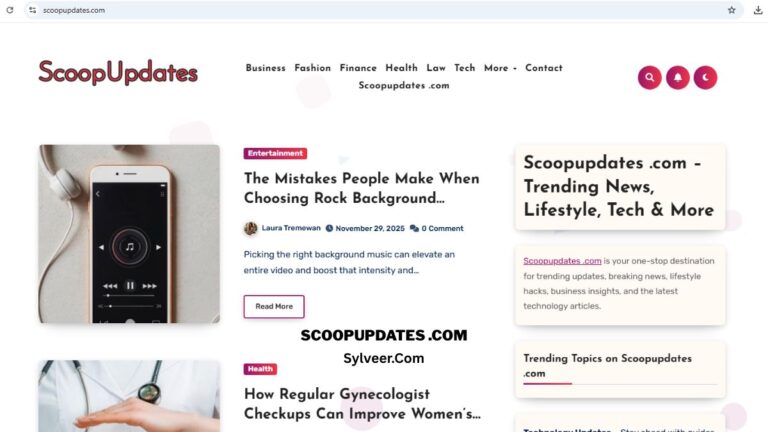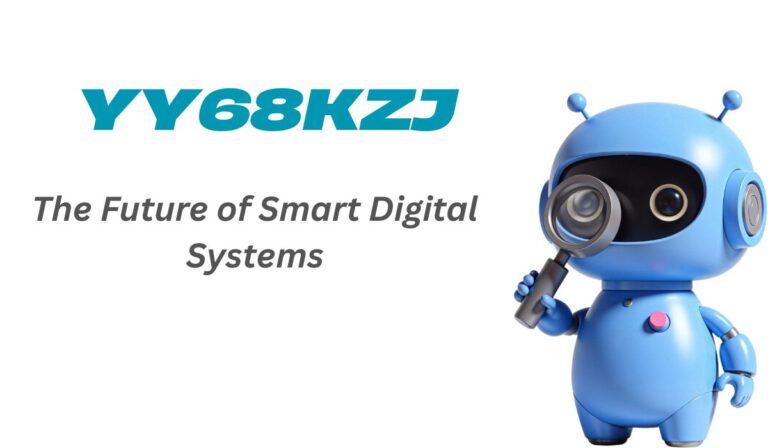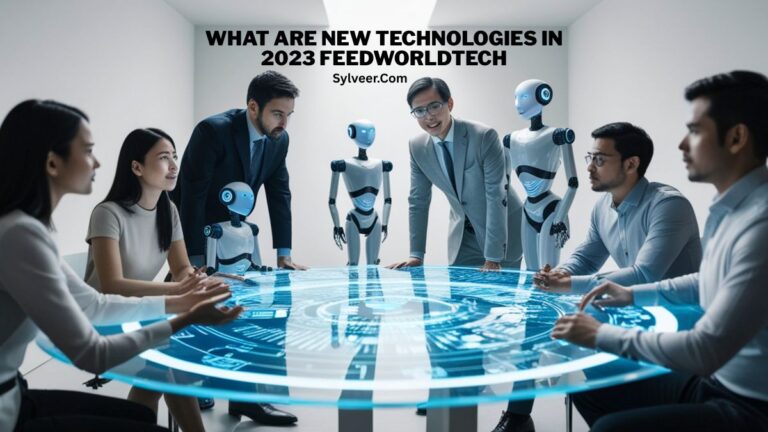
In the fast-evolving world of technology and creativity, new design frameworks and concepts keep emerging to challenge the boundaries of imagination. One of the most intriguing and trending topics right now is “Design Wiufamcta Jivbcqu.”
While the phrase might sound unusual or abstract at first glance, it represents a modern design philosophy — a blend of innovation, artificial intelligence, usability, and functional creativity. This concept is fast becoming a reference point among digital artists, UI/UX experts, and brand strategists looking to redefine how people interact with digital interfaces.
In this comprehensive guide, we’ll explore what Design Wiufamcta Jivbcqu is, why it matters, how it’s shaping the future of digital experiences, and what steps businesses and designers can take to adopt it effectively.
What Is Design Wiufamcta Jivbcqu?
“Design Wiufamcta Jivbcqu” refers to a futuristic approach to digital design that emphasizes fluid adaptability, user behavior intelligence, and cross-platform harmony.
Rather than focusing on static layouts or traditional design principles, Wiufamcta Jivbcqu pushes the idea of design that evolves in real-time — adapting to context, emotion, and user intent.
In simpler terms, imagine a design system that learns from users — how they click, scroll, speak, or interact — and then adjusts the interface dynamically. That’s what the Wiufamcta Jivbcqu concept aims to capture.
It’s more than aesthetics. It’s about interaction, emotion, and adaptability.
Why Is Design Wiufamcta Jivbcqu Important Today?
With the rise of AI-driven applications, smart interfaces, and multi-device ecosystems, design can no longer be static. Users expect personalization, speed, and seamless experience — no matter what platform they’re on.
Design Wiufamcta Jivbcqu introduces AI-integrated design systems that:
- Analyze user data to tailor experiences in real-time.
- Use adaptive components that adjust to user preferences.
- Create emotional resonance by predicting how people feel when using a product.
In short, Wiufamcta Jivbcqu design aligns with how modern technology and human psychology merge — creating an emotional connection while maintaining utility.
How Does Design Wiufamcta Jivbcqu Work?
The Wiufamcta Jivbcqu model operates through four major design pillars:
1. Adaptive Frameworks
Designs are built to adapt dynamically to device types, screen sizes, or even user habits. Instead of “one-size-fits-all,” the system reconfigures in real-time — providing the best layout for each interaction.
2. Predictive UX
By leveraging AI analytics and user data, Wiufamcta Jivbcqu anticipates what users want before they act. Think of search bars that pre-fill queries, or dashboards that rearrange tools based on your recent behavior.
3. Emotional Design Layers
It’s not just functionality — it’s feelings. Wiufamcta Jivbcqu considers user emotion as part of design logic. Interface colors, motion transitions, and feedback elements can change depending on mood or context.
4. Fluid Collaboration Systems
This design philosophy encourages designers, developers, and AI tools to collaborate seamlessly. Instead of static prototypes, teams build living systems — designs that evolve through continuous feedback loops.
What Makes Wiufamcta Jivbcqu Different from Traditional Design?
Traditional design follows linear stages: planning → wireframing → prototyping → final design. Once a design is complete, it remains static until manually updated.
Wiufamcta Jivbcqu breaks this model completely.
It introduces living design systems that evolve through:
- Machine learning feedback
- User interaction loops
- Contextual interface adaptation
In short, instead of you updating the design, the design updates itself.
This is revolutionary for industries like:
- E-commerce (personalized storefronts)
- Healthcare (adaptive dashboards for doctors or patients)
- Education (smart learning platforms)
- Entertainment (mood-based recommendations)
How to Implement Design Wiufamcta Jivbcqu in Real Projects
If you’re a designer, developer, or business owner looking to apply this concept, here’s a step-by-step approach:
Step 1: Start with Data Insights
Collect and understand how users currently interact with your product. Focus on engagement patterns, scroll behaviors, and click heatmaps.
Step 2: Define Adaptive Components
Build reusable elements (buttons, menus, forms) that can automatically resize, change tone, or rearrange based on context.
Step 3: Integrate AI Decision Layers
Use predictive analytics or AI APIs to personalize content or navigation flows.
Step 4: Test with Real Users
Wiufamcta Jivbcqu is experience-based. Use real-time feedback to refine how adaptive logic performs in actual environments.
Step 5: Maintain Ethical and Transparent Design
Since AI is involved, be transparent about personalization features. Respect user privacy and ensure data is used ethically.
When to Use Design Wiufamcta Jivbcqu
This model is best suited when your digital product demands:
- High personalization (e.g., fitness or learning apps)
- Dynamic content environments (e.g., news, finance, social media)
- Multi-device user experiences
- Emotion-driven engagement
For static websites or small projects, it might be overkill. But for scalable, data-driven platforms — it’s the future.
Key Benefits of Adopting Design Wiufamcta Jivbcqu
1. Enhanced User Engagement
When designs respond to individual user behavior, engagement naturally increases. People stay longer because the experience feels personal.
2. Improved Conversion Rates
Dynamic content presentation and adaptive UX lead to better retention, trust, and higher conversion outcomes.
3. Smarter Automation
Design systems can self-update based on user feedback or metrics — saving teams hours of manual labor.
4. Future-Proof Technology
As AI and design tools evolve, Wiufamcta Jivbcqu provides a structure ready for next-generation systems like AR, VR, and neural interfaces.
Challenges in Applying Wiufamcta Jivbcqu Design
No innovation comes without challenges.
Some common barriers include:
- Complex implementation: Requires advanced AI integration.
- Data dependency: Needs quality input data for accuracy.
- Ethical concerns: AI personalization must respect user consent.
- Skill gap: Designers must learn to think dynamically instead of statically.
However, with growing AI design tools like Figma AI, Adobe Firefly, and Midjourney integrations, these challenges are gradually being solved.
Future Trends Related to Design Wiufamcta Jivbcqu
The next few years will see:
- Voice-responsive UI systems
- Emotionally reactive interfaces (using camera-based sentiment detection)
- Cross-platform design ecosystems that sync across AR, VR, and IoT devices
- AI-generated design evolution, where the interface learns continuously
This means Wiufamcta Jivbcqu is not just a passing trend — it’s a foundational concept for design’s next era.
Why Businesses Should Care About Wiufamcta Jivbcqu Design
Companies that adopt this design philosophy early can stand out by offering smarter, more intuitive experiences.
For example:
- E-commerce brands can adapt homepages in real-time based on shopping history.
- Educational platforms can change learning modules based on student performance.
- Healthcare apps can tailor dashboards for different patient types.
Wiufamcta Jivbcqu bridges the gap between human intuition and digital intelligence — and that’s what modern consumers crave.
Best Tools and Technologies for Wiufamcta Jivbcqu Design
To bring this concept to life, here are some tools experts recommend:
- Figma with AI plugins – for adaptive prototyping.
- Adobe XD + Firefly – for intelligent design assistance.
- Midjourney / DALL·E – for concept visualization.
- TensorFlow / PyTorch – for integrating predictive user models.
- Webflow / Framer AI – for building no-code adaptive web systems.
Conclusion
The Design Wiufamcta Jivbcqu concept challenges us to rethink what design really means. It’s not just about visuals — it’s about intelligence, empathy, and adaptability.
As we move into an era where AI becomes the creative partner rather than just a tool, Wiufamcta Jivbcqu offers a glimpse into the future of design evolution — where every interaction is meaningful, personalized, and human-centered.
Businesses, designers, and developers who embrace this early will not only future-proof their digital ecosystems but also redefine what it means to connect through design.
FAQs
1. What does “Design Wiufamcta Jivbcqu” actually mean?
It represents a design philosophy that combines adaptability, AI intelligence, and user emotional awareness to create personalized digital experiences.
2. How is Wiufamcta Jivbcqu different from traditional UI/UX design?
Unlike traditional static designs, Wiufamcta Jivbcqu evolves automatically based on user data and interaction feedback.
3. Can small businesses use this design approach?
Yes — even small businesses can implement basic adaptive design systems using AI-driven tools like Webflow AI or Adobe Firefly.
4. Is Wiufamcta Jivbcqu only for tech companies?
No. Any industry focused on digital engagement — from fashion to education — can apply its principles.
5. What’s the future of Wiufamcta Jivbcqu?
Expect integration with emotional AI, AR/VR interfaces, and predictive analytics, creating next-generation digital experiences.




